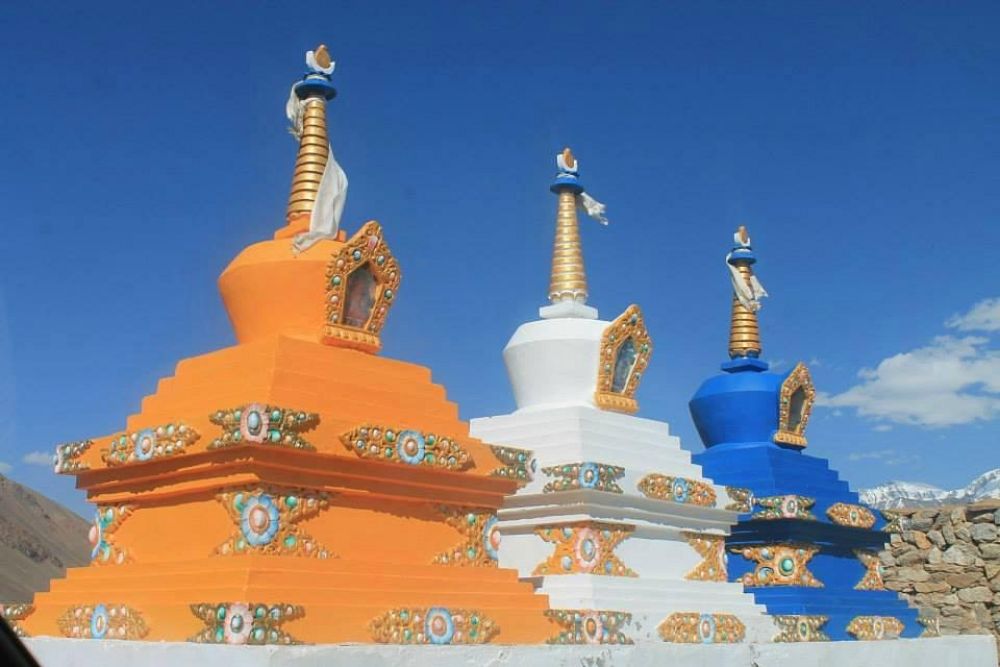

Nestled amidst the scenic vistas of the Zanskar Valley, the Sani Monastery in Kargil, Ladakh, stands as a testament to the region's spiritual heritage and historical significance. Believed to be one of the oldest religious sites in Ladakh, it dates back to the 2nd century A.D. and has been an important destination for Buddhist pilgrims and culture enthusiasts alike.
The history of tourism in Sani Monastery can be traced back to the days when Buddhism started to spread across the Himalayan region. The monastery, associated with the famous Indian yogi Naropa, holds a sacred statue of the yogi in a small room near the Kanika Chorten, which is said to be the oldest part of the complex. Over the centuries, the monastery has been visited by countless devotees, seeking blessings and reveling in its ancient art and architecture. The annual festival, known as the Sani Nasjal, traditionally attracts a large number of tourists and followers who gather to witness the sacred dances and rituals.
The Sani Monastery is renowned for its distinctive architectural style, featuring a multi-colored, tiered façade that ensconces the gonkhang, or protector temple. The monastery complex also includes a chorten, which is a Buddhist shrine unique to the Ladakh region, featuring vibrant frescoes and sacred thangkas. These artistic treasures have been a major draw for visitors, contributing to the growth of tourism in the region.
In recent years, there has been an increasing trend towards responsible and sustainable tourism in Ladakh. Visitors to the Sani Monastery have become more conscious of their environmental footprint and are seeking experiences that allow for cultural immersion without causing harm to the natural and cultural landscape. There is a growing interest in homestays, local cuisine, and engagement with the community, which has encouraged the growth of eco-friendly tourism practices.
Tour operators are now offering tailored tours to the Sani Monastery that include cultural workshops, meditation sessions, and interactions with the resident monks, providing tourists with a deeper understanding of the region's religious practices and way of life. This responsible approach ensures that tourism benefits the local economy while preserving the unique heritage of the Sani Monastery.
Accessibility to the Sani Monastery has improved with the development of better roads and transportation in the Ladakh region. Visitors can reach Sani by flying into Leh Airport and then traveling by road to Kargil, and further on to the Zanskar Valley. While it remains a remote destination, this seclusion is part of its allure, offering an off-the-beaten-path experience for travelers seeking tranquility and cultural richness.
The Sani Monastery in Kargil, Ladakh, continues to be a pinnacle of spiritual and cultural tourism. Through a blend of ancient history, religious significance, and enduring traditions, coupled with a commitment to sustainable travel, the Monastery remains a beacon for tourists from around the world, seeking a slice of the profound peace that defines the region.
For tourists looking to explore the deeper facets of Ladakh’s spirituality and cultural heritage, a visit to the Sani Monastery is an experience that encapsulates the essence of this extraordinary Himalayan landscape.